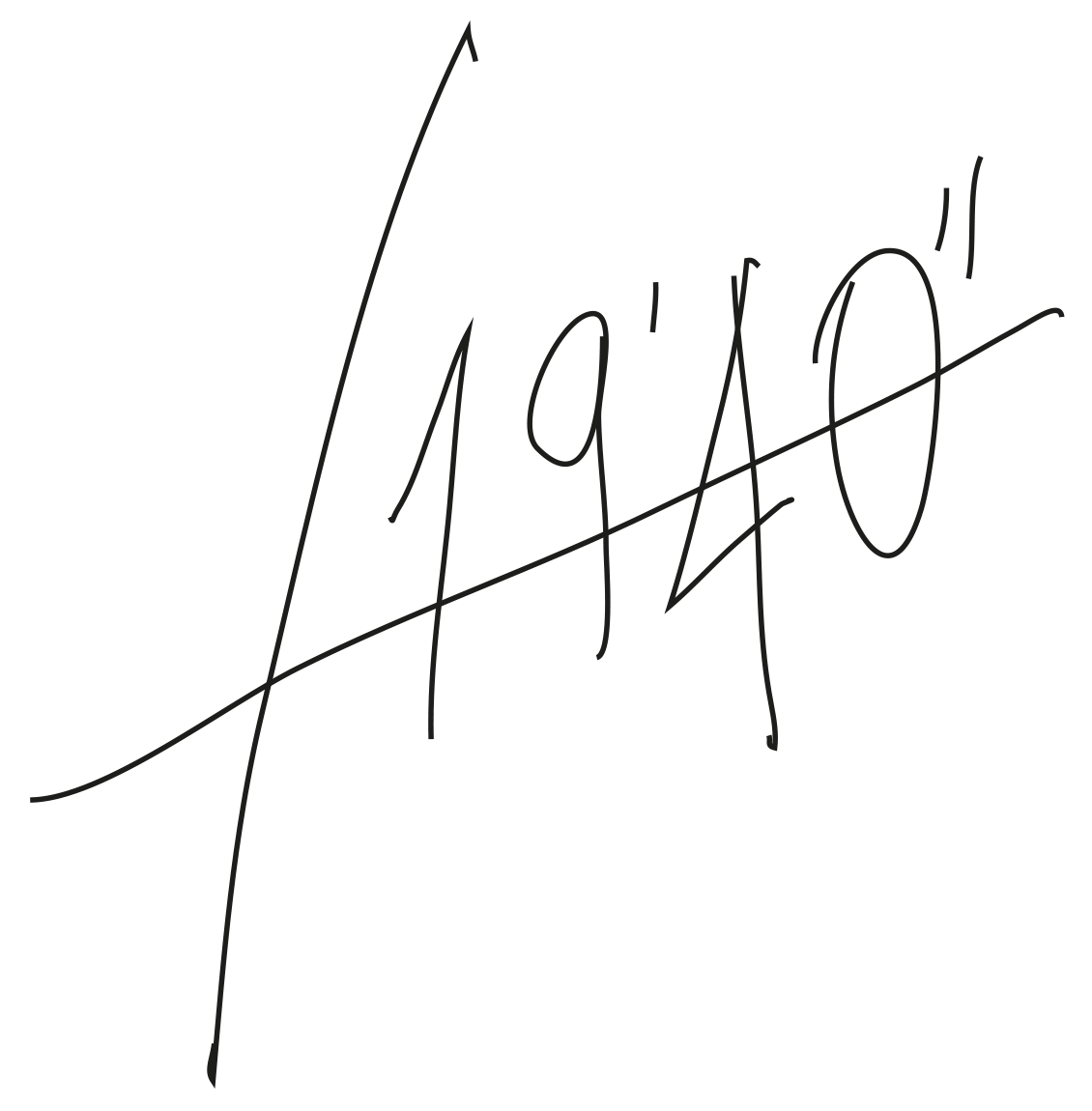19m40s_s01
Unità di Sonorizzazione: a documentary on the performative project by Enrico Gabrielli, Sergio Giusti, Enece film and Musst Design
THE IDEA:
The epos of the life in industrial factories is over, but we decided to use its yoke/joke as a pretext and metaphor nonetheless. We shall let you add (or avoid) any possible subtext or superstructure. The core of the UdS project lied in the reformulation of film and music genres, and the role of musicking for the cinema in the context of Twentieth century factories. The different background of the musicians involved in the project was proven a fruitful interrelation. The mechanicalness, alienation and randomness resulting from the experiment enhanced a dialogue-like feedback between music and sound.
DESCRIPTION:
The performers/workers, divided into 4-people teams (letters A to F), donned with the appropriate coverall and alphanumeric sequence, were supposed to produce some music according to their shifts: 8 of them sitting at their desks, getting inspiration from the films on display in front of them. The scores were then passed to the next 8 workers, who were to play them for the audience attending the performance and watching the very same films. 3 supervisors (2 for the performing team, 1 for the scoring team) were responsible for the assignment of the workers to the different teams and the distribution of the scores, according to a prearranged diagram. The framework had been conceived to give it some flexibility, in order to meet the needs of the programme. Workers writing and performing music were given some specific constraints through a 24-box sheet, consisting of 'freeze-dried' music behaviours: they could tick their music directions of choice, or make up their own on the spot. Shifts were regulated by strict rules, and silence was imposed on the workers taking a break. Their supervisors were in charge of policing the teams. Musst Design-affiliated Lorenzo Brusci was also playing the role of the quality check supervisor: he could direct the performance and advise on the scoring sessions. The film projections were coordinated by two professionals in charge of the syncing of the live music with the images. The films were cut to 7 minutes (with a screen-shot at the end of them to make up for the length of the music), and the turnover of the team (transfer of people and instruments setup) to 4 minutes. The output of their work was linked to the simple nature of the scores (which was obvious, given the short time to work on them) and their superimposition (their were played simultaneously). On one hand, the musicians were pushed to complex choices in order to survive their alienation, a feeling enhanced by the coveralls which softened their egoic fantasies. On the other hand, those very same choices were squashed by the stimuli coming from the images, the difficult dialogue with the other members of the team, the repetition of their shifts and the demands of the audience.
In short, UdS is a social, visual and musical game.

